Common Cloaca
Common cloaca is a rare condition among neonates. Its reported incidence is 1 in 25000 live births. Considering the same incidence, our country must be having at least 1500 patients suffering from the same disease.
This disease occurs mainly among females. They have only one opening at the bottom instead of having three openings.
Presentation:
These female patients present with a single perineal opening (opening at bottom). Any experienced pediatric surgeon can make this diagnosis immediately after birth. On examination, surgeon finds no separate opening for urine, vagina, or potty (stool) and usually surgeon finds a single opening at bottom.
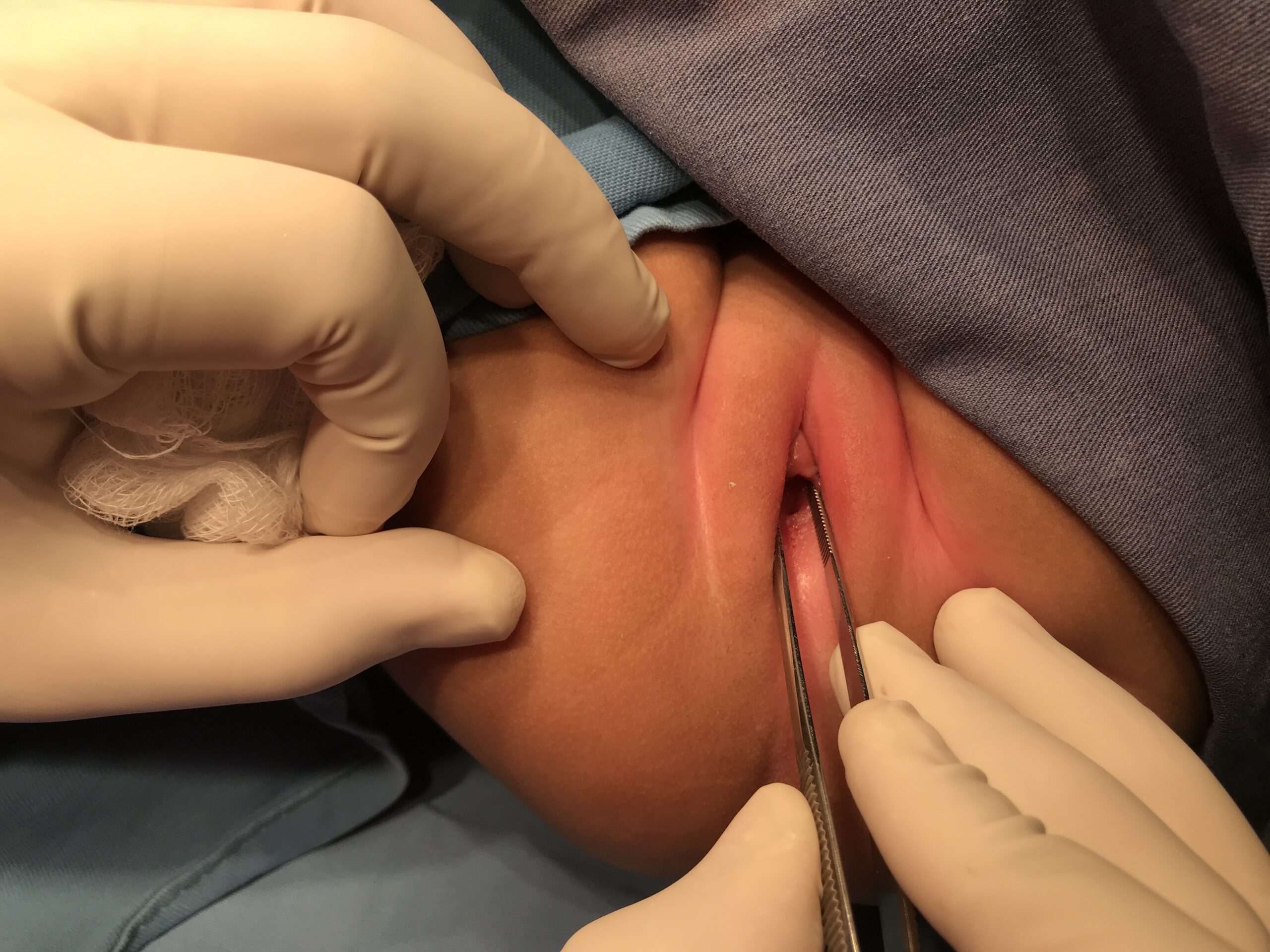
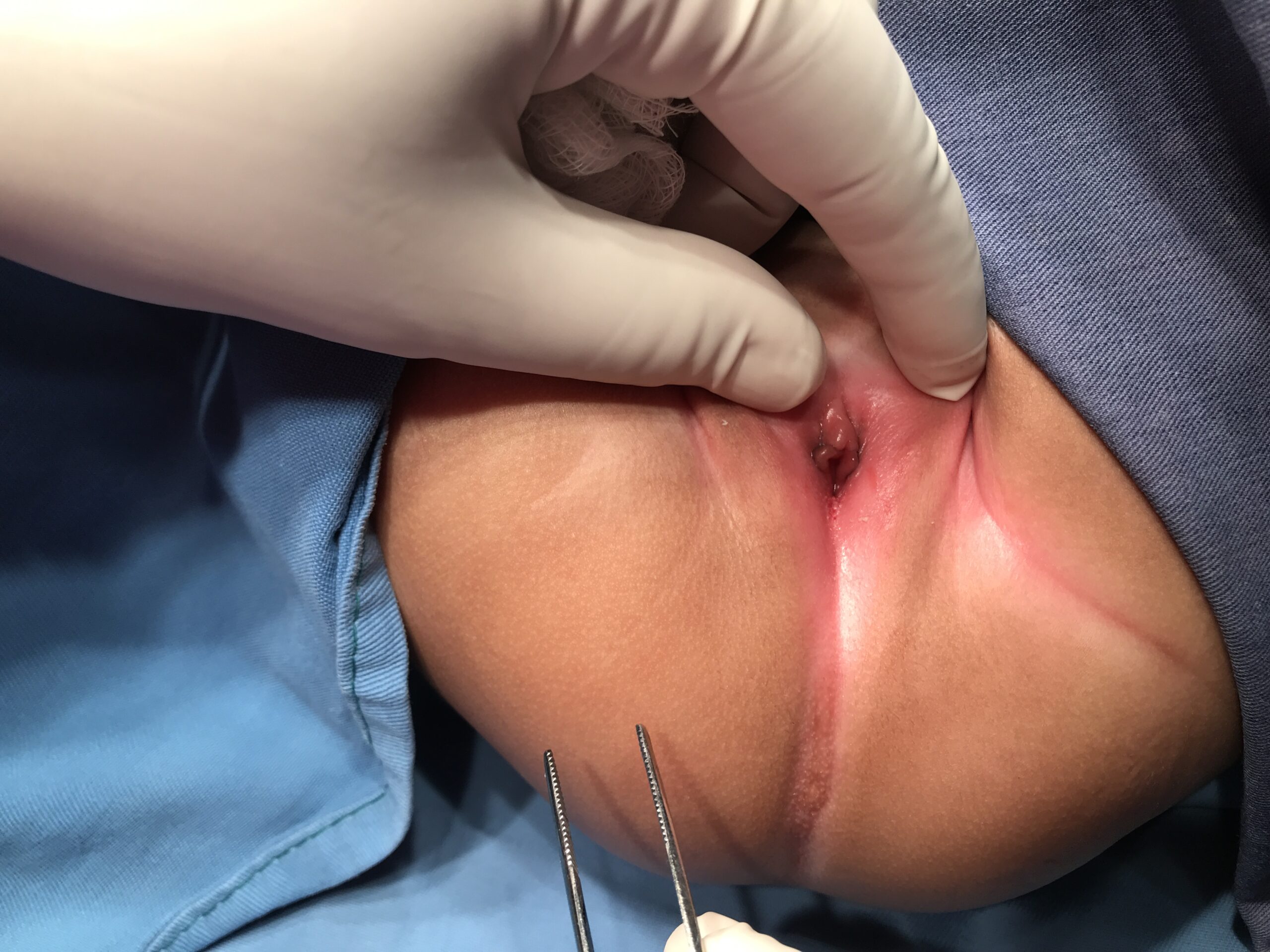
Associated Conditions:
There are many conditions (VACTREL Anomalies) which have an association with Common Cloaca. Therefore, pediatric surgeons check all of these conditions among these patients. These include:
- Vertebral Anomalies
- Anorectal Malformation
- Cardiac Problems
- Tracheoesophageal atresia
- Renal problems
- Limb problems
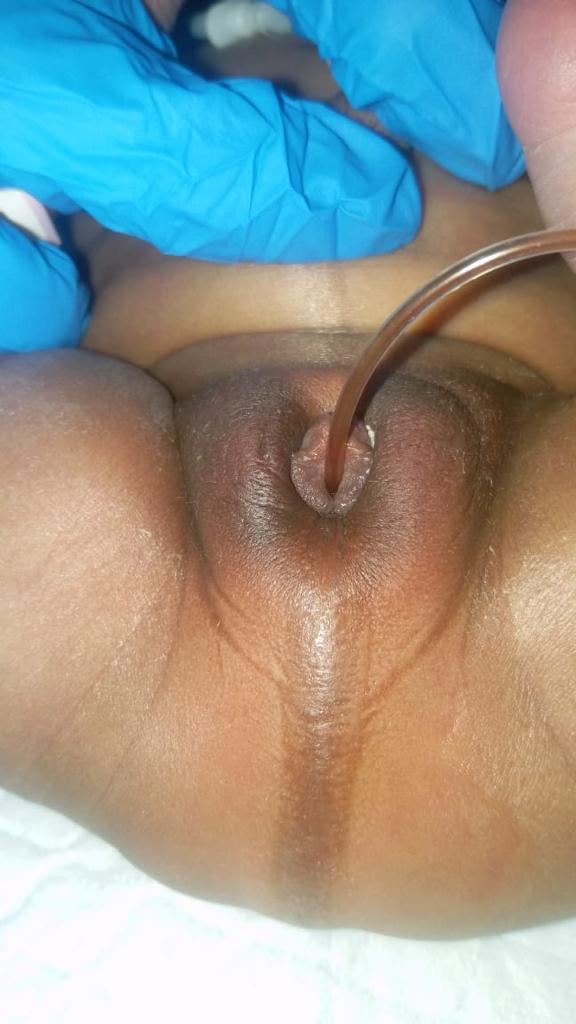
Diagnosis of Common Cloaca:
Most commonly, any experienced pediatric surgeon can make the diagnosis on history and examination. So, we advise some routine tests, including X-ray of the tummy, Echocardiogram, X-ray of the back, and Ultrasound of the tummy.
Treatment of Common Cloaca:
Most children present in the early days of life. Before surgery, we perform all necessary tests in these children. And the first surgery (Colostomy) is done. We do the Colostomy after 24 hours of life. If there is some other problem like problems of urinary bladder or uterus, we place a tube in that also.
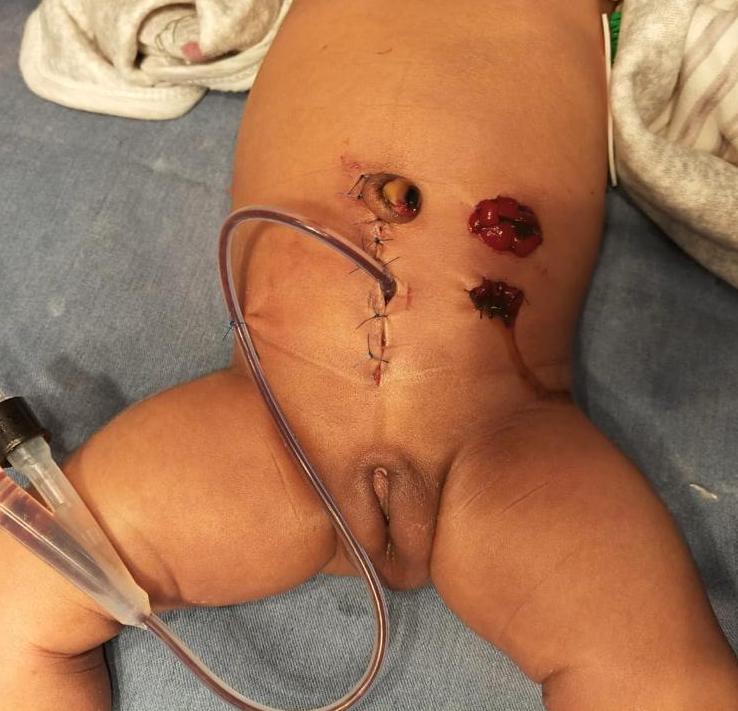
Before surgery, we will go for all investigations, and will check general condition of child. The second surgery for it is called PSARVUP . We generally do it at 6 months of age. This is the most important surgery as in this surgery, we make all three openings.
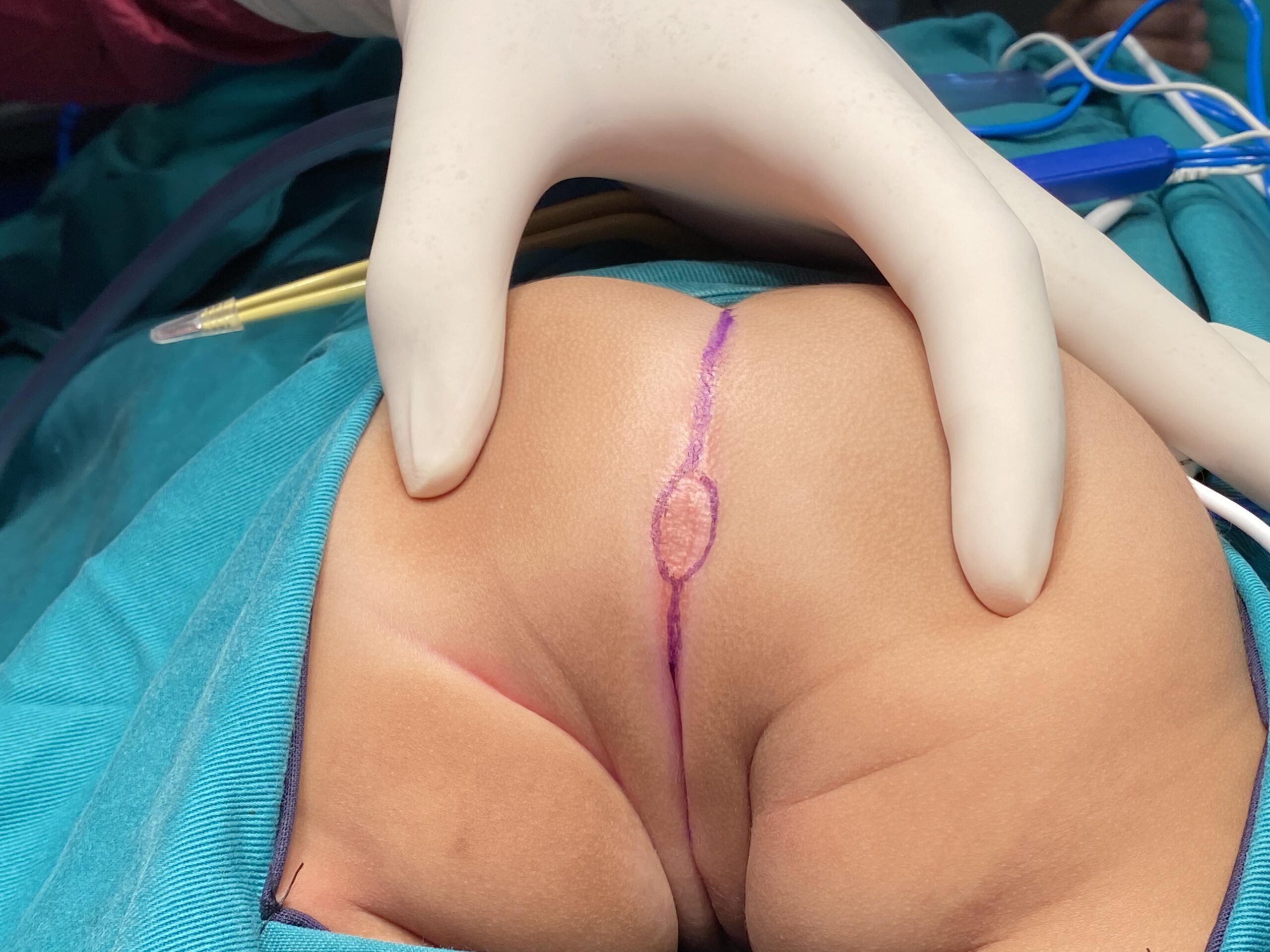
After that, the child is advised to start the Anal Dilatation Program. After 4-6 weeks of PSARVUP, third surgery, Colostomy Reversal is done. We keep the child in follow up. At 3 years of age, we start the Bowel Management Program.
Prognosis:
The prognosis of these patients depends upon many factors.
- The severity of the disease: We, the pediatric surgeons, determine it by the length of the common channel. If the length of the common channel is less than 3 cm, then there is good potential
- The spine of the child: If it is normal, then there are better chances of urine and potty control
- The muscle of sphincter: If child has well-formed sphincter muscles, then there are better chances for control of potty and urine.
- Kidney status: Usually, these children have a problem in the Kidney system, which is very common. Therefore, these patients frequently suffer from issues of the kidney system.
Related Links: